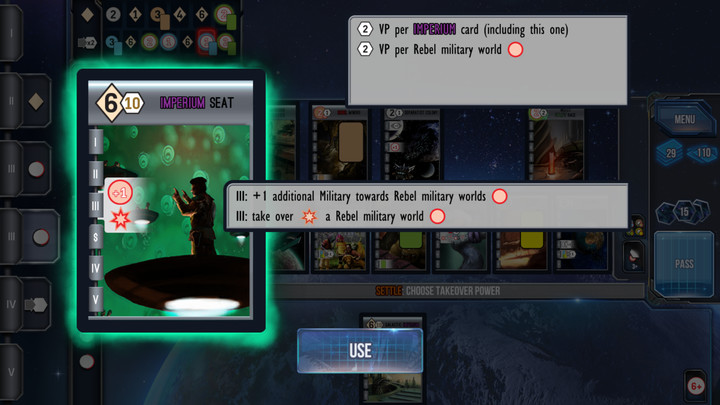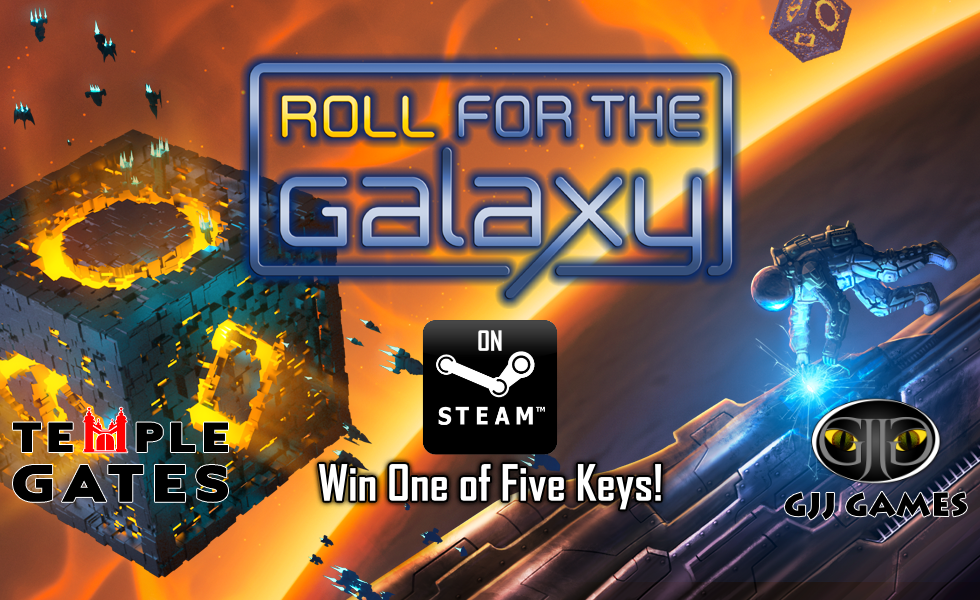

Consume lets you sell off the goods you’ve produced, either for cards or points, and Produce lets you add goods to your production worlds. Settle is the same thing, except for planets. Develop lets you play a development card, providing you can pay for it (by discarding cards from your hand). Explore lets you draw more cards you can choose to draw fewer but keep more, or draw a ton of extra cards and only keep on. The core of the game works like this: there are 5 possible actions Explore, Develop, Settle, Consume, and Produce, with a few variants on those actions in the mix.

The real-life card game is incredibly well designed, with a clever role-selection system and a huge number of cards that opens the door to tons of strategy and unique approaches to victory. RftG is a natural fit for the digital realm. Now it’s heading to the land of 0’s and 1’s as an app for android, iOS, and Steam. 10 years is almost an eternity (yes, it released in 2007) and it’s still one of the most highly strategic, replayable card games out there.

Race for the Galaxy has been around long enough to be eligible for the term Modern Classic, and not in the self-hyping kickstarter promotional way, either.


 0 kommentar(er)
0 kommentar(er)
